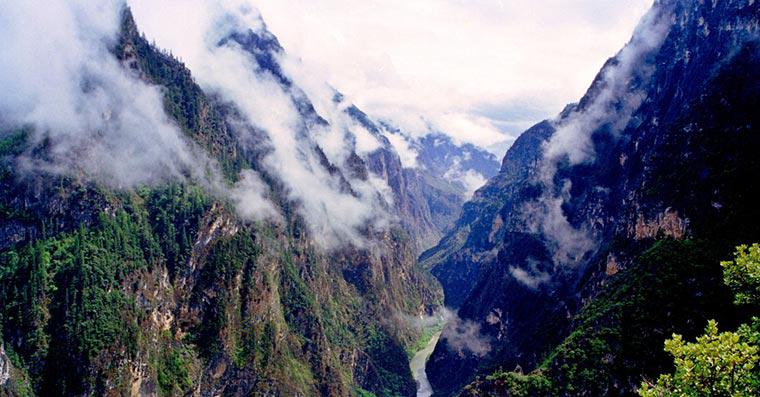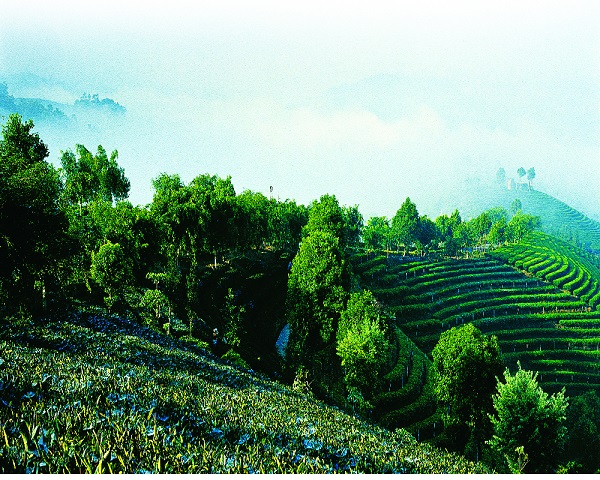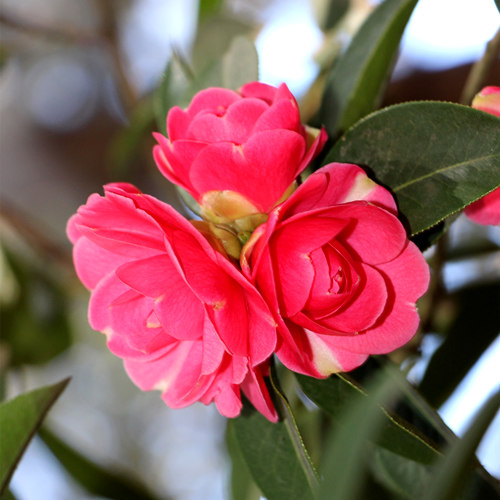
Detailed Introduction to Midu County of Dali Prefecture
1. Overview
Midu County lies in the southeastern part of Dali Prefecture, bordering Xiangyun and Nanhua counties to the east, Jingdong and Nanjian counties to the south, Weishan County to the west, and Dali City to the north. Covering 1,571 km², it is home to 261,205 residents as of the 2020 census
The county seat is Micheng (密城镇), and its postal code is 675600.
2. Geography & Climate
Midu occupies the western Yunnan Plateau, with elevations generally between 1,700 m and 2,100 m. Its terrain combines rolling hills, fertile basins, and plateau lakes. Like much of Dali Prefecture, Midu experiences a subtropical highland monsoon climate, featuring mild, dry winters and warm, rainy summers, with most rainfall from June to October
3. Administrative Divisions
Midu County is organized into:
6 towns: Yinjie (寅街镇), Juli (苴力镇), Mizhi (密祉镇), plus three others
1 township: Deju Township (德苴乡)
1 Yi ethnic township: Niujie Yi Ethnic Township (牛街彝族乡)
4. Demographics & Ethnic Composition
Midu is ethnically diverse. According to the Midu County Gazetteer, local groups include:
Yi subgroups: Mocha (墨叉), Luowu (罗婺), Tuzu (土族)
Hui, Bai, Lisu, and Han.
5. Economy & Agriculture
Agriculture remains the backbone of Midu’s economy, with farmers cultivating upland rice, maize, tobacco, and vegetables in its basins and terraces. In recent years, eco-tourism—centered on Bai‐culture homestays and ecological farming—has been steadily growing
6. Culture & Festivals
“The Rippling Brook” (小河淌水): This famous Bai folk song originated in Mizhi Town, where visitors can still see traditional Bai courtyard compounds that inspired its melody
Third Month Fair (三月街): Revived Bai‐Yi spring market held on the 15th–17th days of the third lunar month, featuring folk-song contests, traditional crafts, and boat races on local waterways.
7. Key Attractions
Mizhi Ancient Village
– Preserve of Bai architecture: white-washed walls, wooden balconies, and intricate door carvings, set beside clear streams and paddy fields.
Plateau Lakes and Wetlands
– Scattered highland lakes fringed by lotus and reed beds, ideal for birdwatching and boat excursions.
Bai Folk Craft Workshops
– Hands-on experiences in tie-dye, wood carving, and traditional Bai papercutting, offered by local artisans.
8. Transportation
China National Highway 214 runs north–south through Midu, linking it with Dali City (~1 hr north) and Pu’er (~3 hrs south)
County roads connect all towns, and regular bus services facilitate travel to neighboring counties and Dali’s railway and airport hubs.
Conclusion
Midu County offers a window into Bai cultural heritage, plateau landscapes, and agricultural lifeways of western Yunnan. From the timeless strains of “The Rippling Brook” to mist-clad basin villages and emerging eco-tourism, Midu invites discovery off the beaten path in Dali Prefecture.



